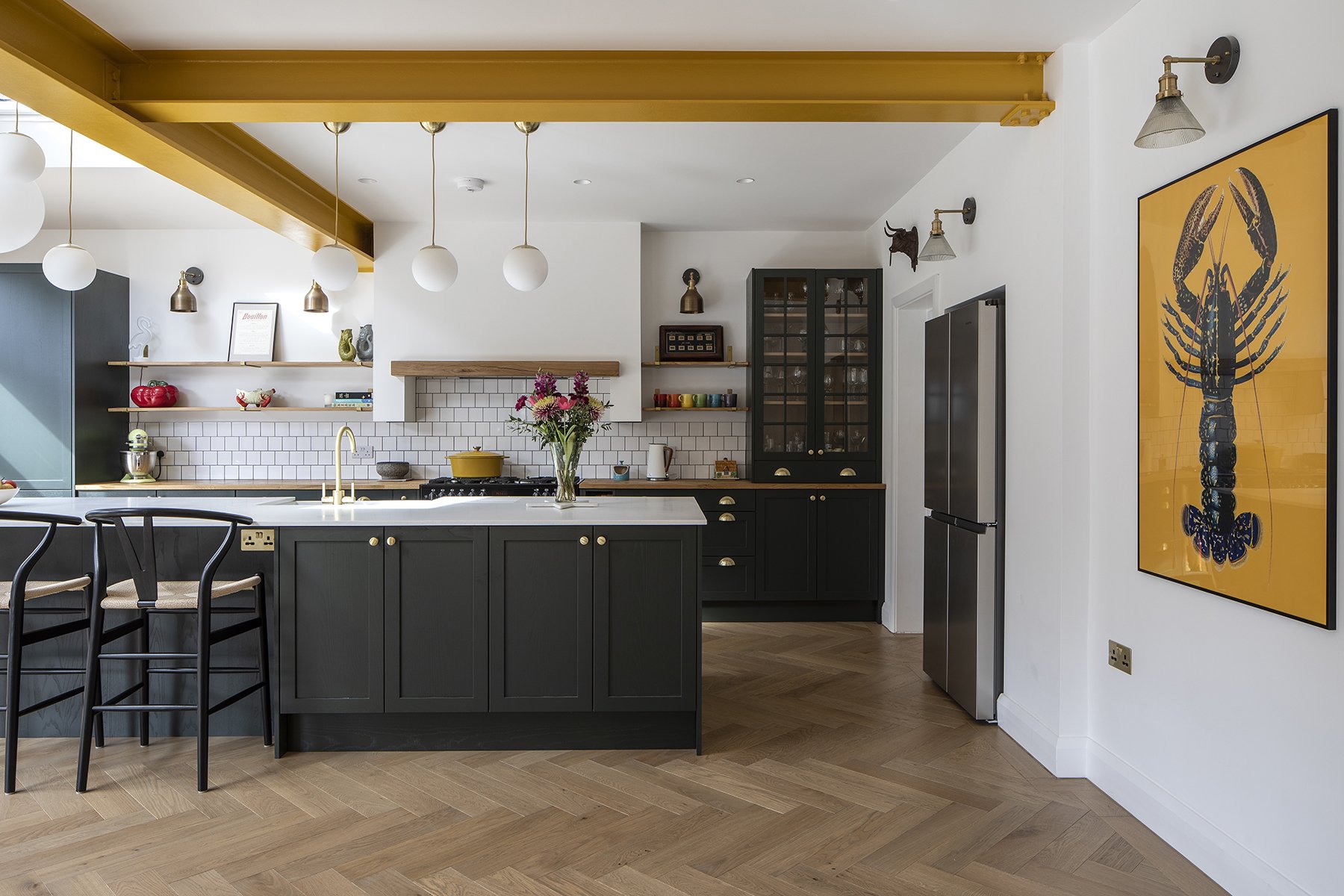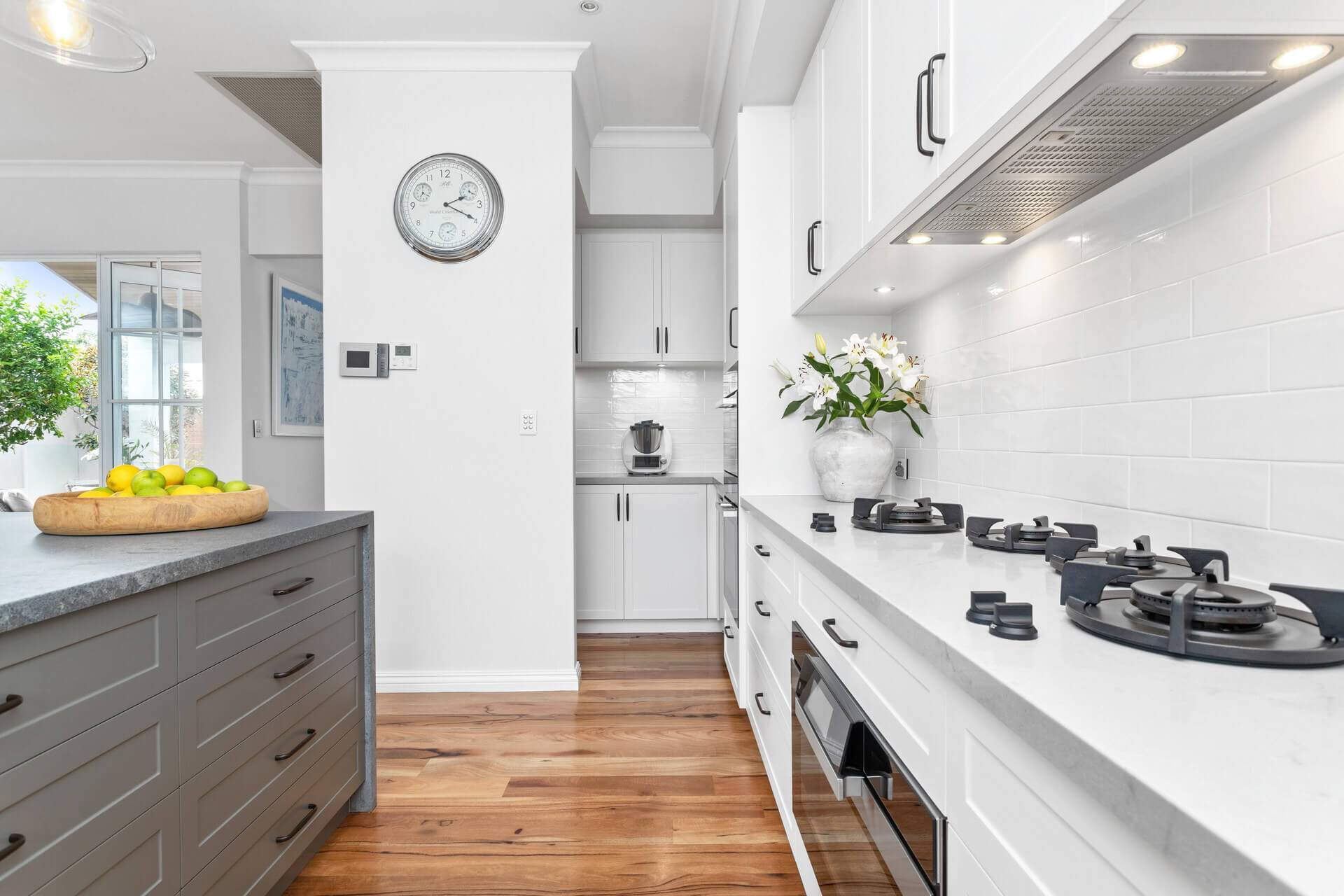Shaker Cabinet Styles
:max_bytes(150000):strip_icc()/shaker-style-cabinet-doors-4686988-hero-37fe11c9060740c1b0e13b537b560986.jpg)
The Shaker style of cabinet design, known for its simplicity and functionality, has endured for centuries. Its origins lie in the religious sect known as the Shakers, who established communities in the United States in the 18th century.
The Shaker Community and Design Principles
The Shakers were a utopian religious group known for their communal living and dedication to simple living. They believed in the importance of practicality, functionality, and craftsmanship in all aspects of their lives, including furniture design. Their design principles emphasized simplicity, utility, and durability, reflecting their belief in plain living and hard work.
Shaker Aesthetic Influence on Cabinet Design
Shaker design principles significantly influenced cabinet design, leading to the creation of a distinctive style characterized by clean lines, minimalist ornamentation, and a focus on functionality. The Shakers’ emphasis on practicality and durability resulted in sturdy, well-constructed cabinets that were designed to last for generations. Their focus on craftsmanship ensured that each piece was made with care and attention to detail, resulting in high-quality furniture that was both beautiful and functional.
Key Characteristics of Shaker Cabinets
Shaker cabinets are renowned for their distinctive features:
- Simple and Minimalist Design: Shaker cabinets feature clean lines, minimal ornamentation, and a focus on functionality. They avoid elaborate carvings or decorative details, emphasizing the beauty of the wood itself.
- Functional Design: Shaker cabinets were designed for practicality. They often incorporated features like built-in drawers, shelves, and doors that maximized storage space and ensured efficient use of materials. Their simple design made them easy to clean and maintain.
- High-Quality Craftsmanship: The Shakers were known for their exceptional craftsmanship. They used high-quality materials and meticulous techniques to create durable and beautiful cabinets. The joinery was precise, and the finishes were often simple, allowing the natural beauty of the wood to shine through.
- Classic and Timeless Appeal: The simple and elegant design of Shaker cabinets has remained timeless. Their classic style complements a wide range of décor styles, making them a popular choice for both traditional and contemporary homes.
Types of Shaker Cabinet Doors

Shaker cabinet doors are a timeless and versatile design element that can elevate the aesthetic of any kitchen or bathroom. Their clean lines and simple elegance create a sense of tranquility and sophistication, making them a popular choice for both traditional and contemporary homes. But beyond their visual appeal, Shaker cabinet doors offer a range of practical benefits, including durability, ease of cleaning, and adaptability to different styles. Let’s delve into the world of Shaker cabinet doors and explore the various styles available to you.
Shaker Cabinet Door Styles
Understanding the different styles of Shaker cabinet doors is crucial for choosing the perfect fit for your home. Each style boasts unique features and visual characteristics that can impact the overall look and feel of your cabinetry. Here’s a breakdown of the most popular Shaker cabinet door styles:
| Door Style | Description | Key Features | Examples |
|---|---|---|---|
| Raised Panel | This classic Shaker style features a raised center panel surrounded by a recessed frame. The panel is typically flat or slightly curved, adding subtle dimension and visual interest. |
|
Raised panel Shaker doors are often seen in kitchens with a traditional or farmhouse aesthetic. They can also work well in more modern spaces when paired with sleek hardware and minimalist countertops. |
| Recessed Panel | Unlike raised panel doors, recessed panel doors have a sunken center panel surrounded by a raised frame. This creates a subtle, understated look that is both elegant and contemporary. |
|
Recessed panel Shaker doors are often found in kitchens with a modern or minimalist design. They can also be used in bathrooms to create a spa-like ambiance. |
| Flat Panel | Flat panel Shaker doors are characterized by their simple, streamlined design. They have a flat center panel and a narrow frame, creating a clean and contemporary look. |
|
Flat panel Shaker doors are popular in kitchens with a modern or contemporary design. They can also be used in bathrooms, bedrooms, and other spaces where a minimalist aesthetic is desired. |
| Slab | Slab Shaker doors are the most minimalist of all Shaker styles. They feature a single, solid panel without any visible frame. This creates a sleek and contemporary look that is both elegant and functional. |
|
Slab Shaker doors are often seen in kitchens with a contemporary or industrial design. They can also be used in bathrooms to create a spa-like ambiance. |
Advantages and Disadvantages of Different Shaker Cabinet Door Styles
Each Shaker cabinet door style comes with its own set of advantages and disadvantages. Understanding these pros and cons can help you make an informed decision about which style is right for your home.
Raised Panel Shaker Doors
Advantages
- Adds depth and texture to the cabinet doors.
- Creates a classic and elegant look.
- Versatile and can be used in a variety of styles.
Disadvantages
- Can be more difficult to clean than flat panel doors.
- May show fingerprints and smudges more easily.
Recessed Panel Shaker Doors
Advantages
- Creates a clean and minimalist look.
- Adds depth and shadow play to the cabinet doors.
- Ideal for modern or contemporary kitchens.
Disadvantages
- Can be more difficult to clean than flat panel doors.
- May show fingerprints and smudges more easily.
Flat Panel Shaker Doors
Advantages
- Easy to clean and maintain.
- Creates a sleek and modern look.
- Versatile and can be used in a variety of styles.
Disadvantages
Slab Shaker Doors
Advantages
- Creates a sleek and contemporary look.
- Easy to clean and maintain.
- Ideal for modern or contemporary kitchens.
Disadvantages
Shaker Cabinet Doors in Different Rooms
Shaker cabinet doors can be used in a variety of rooms throughout the house. Here are some examples of how different Shaker door styles can be incorporated into various spaces:
Kitchen
- Raised panel Shaker doors can create a classic and elegant look in a traditional kitchen.
- Recessed panel Shaker doors can add a touch of modern sophistication to a contemporary kitchen.
- Flat panel Shaker doors can create a clean and minimalist aesthetic in a modern or industrial kitchen.
- Slab Shaker doors can create a sleek and contemporary look in a minimalist kitchen.
Bathroom
- Raised panel Shaker doors can add a touch of elegance to a traditional bathroom.
- Recessed panel Shaker doors can create a spa-like ambiance in a modern bathroom.
- Flat panel Shaker doors can create a clean and minimalist look in a contemporary bathroom.
- Slab Shaker doors can create a sleek and modern look in a minimalist bathroom.
Bedroom
- Raised panel Shaker doors can add a touch of elegance to a traditional bedroom.
- Flat panel Shaker doors can create a clean and minimalist look in a contemporary bedroom.
Home Office
- Flat panel Shaker doors can create a clean and minimalist look in a home office.
- Slab Shaker doors can create a sleek and contemporary look in a modern home office.
Shaker Cabinet Construction and Materials: Types Of Shaker Style Cabinets

Shaker cabinets are renowned for their simplicity and functionality, and their construction methods and materials play a significant role in achieving this timeless aesthetic. Understanding the craftsmanship behind these cabinets allows for a deeper appreciation of their enduring appeal.
Traditional Construction Methods, Types of shaker style cabinets
Shaker cabinet construction emphasizes durability and practicality, utilizing techniques that have stood the test of time. These methods prioritize sturdy joinery and well-chosen materials, ensuring the cabinets can withstand everyday use for generations.
- Dovetail Joints: This intricate joinery technique, involving interlocking dovetail shapes, creates a strong and lasting bond between cabinet parts. Dovetails are often found on drawer fronts and cabinet sides, adding both structural integrity and visual appeal.
- Mortise and Tenon Joints: This method uses a precisely cut tenon (a projection) that fits into a corresponding mortise (a hole) on another piece of wood. Mortise and tenon joints are commonly used for cabinet frames and drawer sides, providing robust connections that resist stress.
- Through-Dovetail Drawer Construction: This technique features dovetail joints that extend completely through the drawer sides, offering superior strength and stability compared to traditional half-blind dovetails. It ensures drawers glide smoothly and maintain their shape over time.
Materials Used for Shaker Cabinets
Shaker cabinets are typically crafted from high-quality, durable woods that complement their minimalist design. The choice of wood can significantly influence the cabinet’s overall appearance and character.
Wood Types
- Maple: This hard, dense wood is a popular choice for Shaker cabinets due to its strength, durability, and beautiful grain pattern. Maple can be stained to achieve various shades, from warm honey to rich brown, adding a touch of elegance to the design.
- Cherry: Known for its rich reddish-brown hue and subtle grain, cherry wood is another excellent option for Shaker cabinets. It ages gracefully over time, developing a warm patina that adds character and depth.
- Oak: With its distinctive grain and robust nature, oak is a classic choice for Shaker cabinets. It offers durability and a natural, rustic aesthetic, often used in kitchens and dining rooms.
- Pine: While less durable than hardwoods, pine is a more affordable option that adds a light and airy feel to Shaker cabinets. Its soft texture and knotty grain can be enhanced with various finishes, creating a unique and charming look.
Finishes
- Paint: Shaker cabinets are often painted in simple, classic colors, such as white, cream, or soft gray. Paint provides a clean and modern look, emphasizing the clean lines of the design. Popular paint finishes include matte, semi-gloss, and high-gloss, each offering a distinct aesthetic.
- Staining: Staining enhances the natural beauty of the wood grain, adding depth and richness to the cabinet’s appearance. Common stains for Shaker cabinets include natural, walnut, and cherry, creating a warm and inviting feel.
- Wax: Wax finishes provide a protective layer while enhancing the wood’s natural sheen. They offer a subtle, low-sheen finish that complements the minimalist aesthetic of Shaker cabinets.
Hardware
- Simple and Functional: Shaker cabinet hardware emphasizes functionality and simplicity, reflecting the overall design philosophy. Common hardware elements include cup pulls, bin pulls, and knobs with clean lines and minimalist designs.
- Materials: Hardware materials often complement the cabinet’s overall aesthetic. Nickel, brass, and pewter are popular choices, offering a range of finishes from polished to brushed, adding subtle accents to the design.
Types of shaker style cabinets – Shaker style cabinets, known for their simple elegance, come in a variety of styles, from the classic raised panel to the sleek flat-panel design. For those who love to create, building a DIY guitar amp head cabinet can be a rewarding project.
Similar to Shaker cabinets, a well-crafted amp cabinet can be a beautiful addition to any music room, adding a touch of handcrafted charm to your musical setup. The simplicity of Shaker design can be a perfect inspiration for building a stylish and functional amp cabinet.
Shaker style cabinets are known for their clean lines and simple elegance, offering a timeless appeal in any kitchen. From traditional white to modern black, these cabinets provide a versatile canvas for personalization. For those with a discerning palate and a passion for fine wines, consider incorporating a statement piece like a coco republic wine cabinet into your kitchen design.
This luxurious addition adds a touch of sophistication while complementing the understated charm of Shaker style cabinets.
